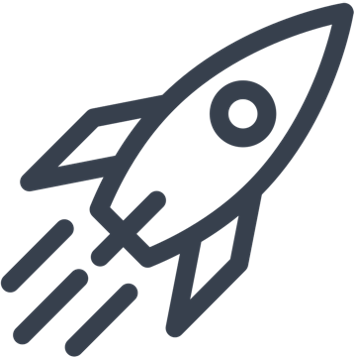Where To Start With Software Development
Software development can feel like a bit of a minefield, especially if you’re considering it for the first time.
This article is going to be all about where to start if you are considering software development and offer a few top tips on what to look out for in a tech partner.
Let’s start things off by looking at what software development is.
Well, it’s each and every aspect involved in creating software, from conceiving of the idea and specifying the details to designing and coding the programme. It’s the testing, fixing and testing again, and it’s the maintenance of working software.
So, where do you start?
Get educated.
If it’s your first time considering software development, it’s important to have a good understanding of what’s involved, the process and whether it is a suitable business venture for you to undertake.
This is where having a tech partner can help. It’s best to start with a qualified and experienced one that will be able to familiarize you with all aspects of software development, act as a support system throughout the process to ensure it benefits your business as much as possible.
Get your idea.
Most of the time, the software is created to make a specific task easier, more cost-effective or less time-consuming. When introducing new software, there are three fundamental types you’ll want to consider.
Applications including office productivity suites, data management software, media players, and security software. Web and mobile apps, such as those used to purchase on specific retail sites, socialise with your friends or track your daily tasks are examples of applications.
Text editors, compilers, linkers, debuggers, and other tools that help programmers develop code.
Operating systems, disc management, utilities, hardware management, and other operational demands are all provided by system software.
When you’re in the ideas stage of your software development, it’s important to think about which type of product you want to introduce and plan your process around this.
You will also need to define and understand who will be using your software.
As well as what type of product you want to present, you need to consider who is going to be using it.
Define your users.
Taking into consideration who will be using your software will help you define numerous aspects of the technology including design, features, usability - it may even lead you to alter the idea itself.
Good questions to ask include:
Who is your target audience?
What sort of features do they require?
What is their motivation for using your software?
So you’ve got the know-how, and you’ve got your idea, you’re well on your way to implementing your very own software, which brings us to our third and final tip.
Understand the software development life cycle.
When embarking on a software development journey, especially for the first time, it’s important to have an understanding of the life cycle. Not only to ensure you are on the right track but to give you an idea of what needs to happen at each stage of the process and how long it should be taking.
Planning & Analysis
Interactive Prototypes
Feature development
Alpha version
User acceptance testing
v1.0 release
Ongoing upgrades and maintenance
Planning & Analysis
The first stage of software development is planning. The second stage is defining, which involves analysis of data and documentation and then approving this data through the use of software requirement specification (SRS).
Interactive Prototypes
This is followed by the creation of interactive prototypes that allow you to understand the capabilities, look and feel of your software - getting early feedback from key stakeholders and potential user groups.
Feature development & Alpha release
Then, the product will need to be developed, documented, reviewed, and analysed by key stakeholders. Once this has been done, the initial version can be released - but that’s not the end of the process.
User acceptance testing & v1.0
Once your product has been built, the next stage is testing. This is when all issues are reported, fixed and improved. When a product has been thoroughly tested and is ready for market, you may want to give a formal release in the relevant market to shine a spotlight on it and bring in those all-important buyers.
Ongoing upgrades & support
Like most things, cars, houses etc. software takes maintenance. One thing to understand is that a released platform is not one and done and important updates will need to be done (security, compatibility etc) even if the feature set remains unchanged.
And there you have it. You’ve successfully launched your software!
Overall, understanding software development can be tough, especially if your team is new to its technicality. But with the right idea and the right tech partner, successfully introducing newly developed software is a piece of cake.
If you are looking for a little support in software development, our team is always on hand for a commitment-free chat, so please don’t hesitate to get in touch.




